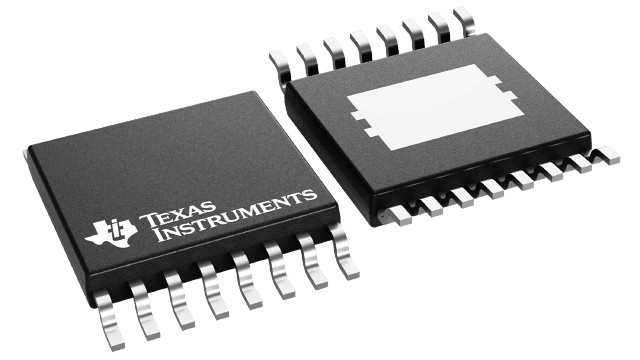Packaging information
| Package | Pins HTSSOP (PWP) | 16 |
| Operating temperature range (°C) -40 to 150 |
| Package qty | Carrier 250 | SMALL T&R |
Features for the LM53602-Q1
- The LM53603-Q1, LM53602-Q1 are available as
AEC-Q1-Qualified Automotive Grade Products
With Following Results:- Device Temperature Grade 1: –40°C to +125°C
Ambient Operating Range - Device HBM ESD Classification Level 1C
- Device CDM ESD Classification Level C4B
- Device Temperature Grade 1: –40°C to +125°C
- 3 A or 2 A maximum load current
- Input Voltage Range from 3.5 V to 36 V:
Transients to 42 V - Output Voltage Options: 5 V, 3.3 V, ADJ
- 2.1 MHz Fixed Switching Frequency
- ±2% Output Voltage Tolerance
- –40°C to 150°C Junction Temperature Range
- 1.7 µA Shutdown Current (typical)
- 24 µA Input Supply Current at No Load (typical)
- No external Feed-back Divider Required for 5 V or
3.3 V output - Reset Output With Filter and Delay
- Automatic Light Load Mode for Improved
Efficiency - User-Selectable Forced PWM mode (FPWM)
- Built-in Loop Compensation, Soft-start, Current
Limit, Thermal Shutdown, UVLO, and External
Frequency Synchronization - Thermally Enhanced 16-lead Package:
5 mm × 4.4 mm × 1 mm
Description for the LM53602-Q1
The LM53603-Q1, LM53602-Q1 buck regulators are specifically designed for automotive applications, providing an output voltage of 5 V or 3.3 V (with ADJ option) at 3 A or 2 A, from an input voltage of up to 36 V. Advanced high-speed circuitry allows the device to regulate from an input of up to 20 V, while providing an output of 5 V at a switching frequency of 2.1 MHz. The innovative architecture allows the device to regulate a 3.3 V output from an input voltage of only 3.5 V. All aspects of this product are optimized for the automotive customer. An input voltage range up to 36 V, with transient tolerance up to 42 V, eases input surge protection design. An open drain reset output, with filtering and delay, provides a true indication of system status. This feature negates the requirement for an additional supervisory component, saving cost and board space. Seamless transition between PWM and PFM modes, along with a no-load operating current of only 24 µA, ensures high efficiency and superior transient response at all loads.
